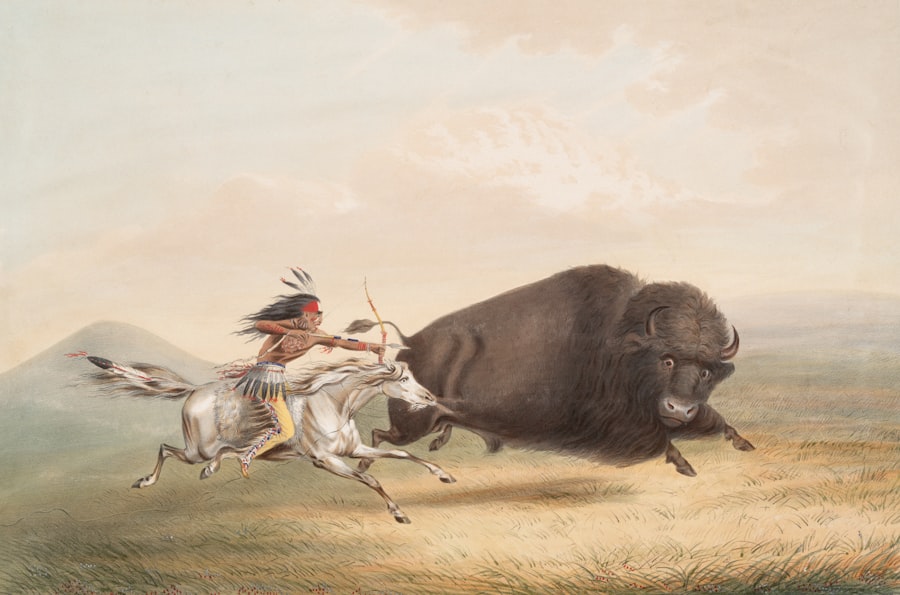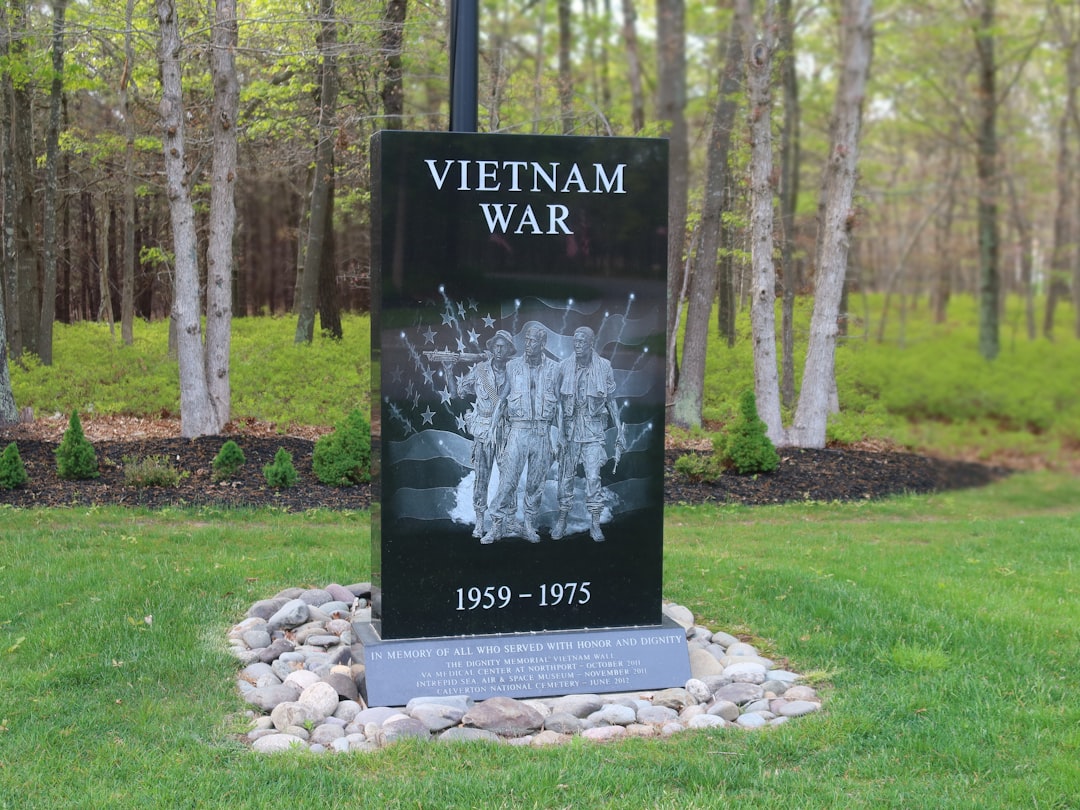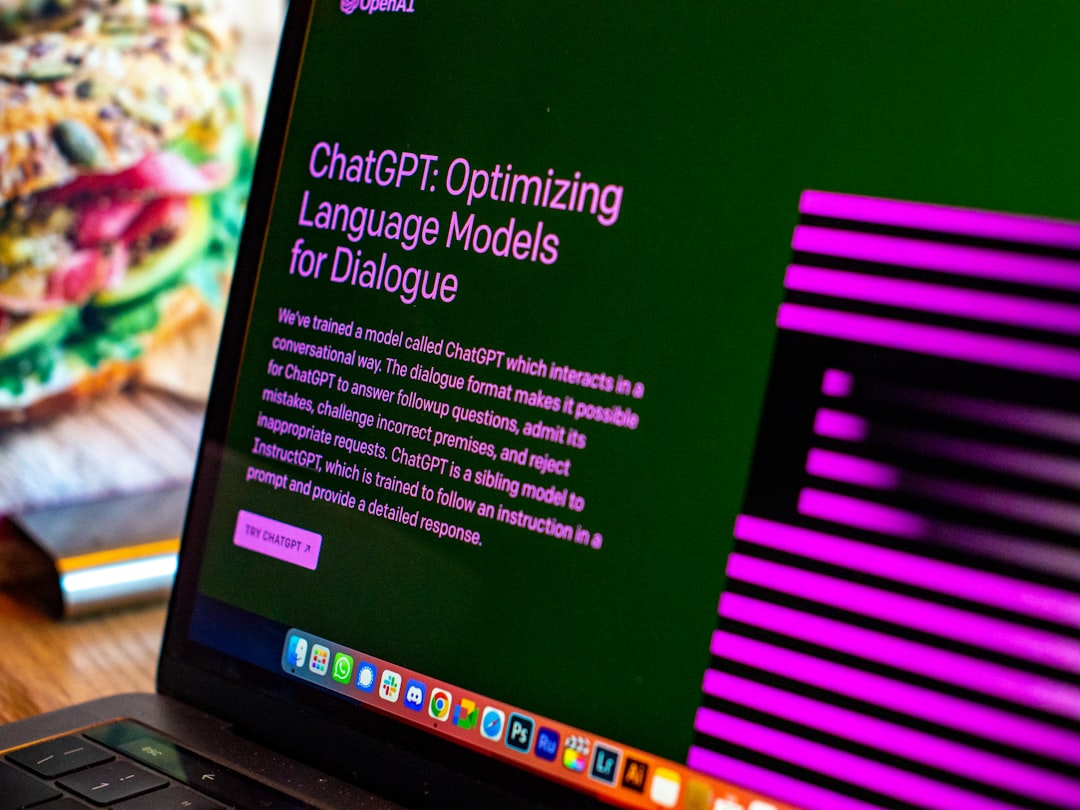The advent of artificial intelligence has ushered in a new era of creativity, particularly in the realm of art. AI-driven art programs are revolutionizing how artists and enthusiasts alike approach the creative process. These innovative tools leverage machine learning algorithms and neural networks to generate, enhance, and manipulate visual art, making it accessible to a broader audience.
From professional artists seeking inspiration to hobbyists exploring their creative potential, AI art programs are transforming the landscape of artistic expression. As technology continues to evolve, the capabilities of AI in art are expanding at an unprecedented rate. Artists can now collaborate with intelligent systems that not only assist in the creation of artwork but also challenge traditional notions of authorship and creativity.
This intersection of technology and art raises intriguing questions about the role of the artist in a world where machines can produce stunning visuals. The following sections will delve into various AI-driven art programs, exploring their functionalities, applications, and the profound impact they have on the art industry. AI systems are revolutionizing industries, for more information visit AI systems.
Key Takeaways
- AI-driven art programs use artificial intelligence to assist or create art
- AI-guided painting apps provide tools and guidance for artists to create digital paintings
- Automatic sketch templates use AI to generate basic outlines for artists to build upon
- Creative AI image generation involves AI creating original artwork based on input or parameters
- The impact of AI on the art industry includes changes in creation, distribution, and consumption of art
AI-guided Painting Apps
Unleashing Creativity with AI-Powered Art
For instance, apps like DeepArt and Artbreeder allow users to upload their images and apply various artistic styles inspired by famous painters or unique aesthetics. The result is a seamless blend of human creativity and machine learning, producing visually striking pieces that often surprise the user.
Experimenting with Color and Technique
Moreover, these apps often come equipped with features that enable users to experiment with color palettes, brush strokes, and textures. By simulating traditional painting techniques, they offer a hands-on experience that mimics the feel of working with physical materials.
Democratizing Art-Making for All
This democratization of art-making empowers individuals who may not have formal training or access to traditional art supplies. As a result, AI-guided painting apps are not just tools for creation; they are gateways to self-expression and exploration for countless aspiring artists.
Automatic Sketch Templates

Automatic sketch templates represent another fascinating application of AI in the art world. These tools utilize machine learning algorithms to generate outlines and basic structures for users to build upon. Programs like SketchAR and PaintsChainer allow users to create intricate designs by providing them with a foundational sketch that can be customized and elaborated upon.
This feature is particularly beneficial for those who struggle with drawing from scratch or lack confidence in their artistic abilities. The beauty of automatic sketch templates lies in their ability to inspire creativity while reducing the intimidation factor often associated with starting a new project.
As users refine their skills, they can gradually move away from relying on templates, ultimately fostering a sense of independence in their artistic journey. This blend of guidance and freedom exemplifies how AI can enhance the creative process while nurturing individual expression.
Creative AI Image Generation
Creative AI image generation has taken the art world by storm, enabling artists to produce unique visuals that challenge conventional boundaries. Tools like DALL-E and Midjourney harness the power of generative adversarial networks (GANs) to create entirely new images based on textual prompts or existing visuals. This capability allows artists to explore concepts that may have been difficult or impossible to realize through traditional means.
The results can range from surreal landscapes to imaginative characters, showcasing the limitless potential of AI in artistic creation. One of the most exciting aspects of creative AI image generation is its ability to inspire collaboration between humans and machines. Artists can input specific ideas or themes into these programs, which then generate a plethora of options for them to choose from or build upon.
This collaborative process not only enhances creativity but also encourages artists to think outside the box and experiment with unconventional ideas. As a result, AI-generated images are not merely products of algorithms; they are collaborative works that reflect the synergy between human imagination and machine intelligence.
The Impact of AI on the Art Industry
The impact of AI on the art industry is profound and multifaceted. On one hand, it has democratized access to artistic tools, allowing individuals from diverse backgrounds to engage with art-making in ways that were previously unimaginable. This shift has led to an explosion of creativity, as more people are empowered to express themselves through visual mediums.
Additionally, AI has opened up new avenues for artists to monetize their work, with platforms that facilitate the sale of AI-generated art gaining traction in the market. However, the rise of AI in art also raises important questions about authenticity and ownership.
Who owns an artwork created by an AI? Is it the programmer who developed the algorithm, the user who provided input, or the machine itself? These questions challenge traditional notions of creativity and intellectual property, prompting artists, collectors, and legal experts to navigate uncharted territory in defining ownership rights in an age where machines can create alongside humans.
The Future of AI-driven Art Programs

Seamless Collaboration between Artists and AI
Future developments may include more intuitive interfaces that allow for seamless interaction between artists and AI systems, enabling real-time collaboration that feels organic rather than mechanical.
A New Generation of Artists
Moreover, as AI becomes more integrated into educational settings, we may see a new generation of artists who are well-versed in both traditional techniques and digital innovations. This fusion of skills could lead to entirely new art forms that blend human intuition with machine precision.
A Vibrant Future for Art and Technology
The possibilities are endless as artists continue to explore how AI can augment their creative processes, leading to a vibrant future where technology and artistry coexist harmoniously.
Ethical Considerations of AI in Art
While the benefits of AI in art are numerous, ethical considerations must also be addressed as this technology continues to evolve. One major concern revolves around the potential for plagiarism and copyright infringement when using AI-generated content. As algorithms learn from vast datasets that include existing artworks, there is a risk that they may inadvertently replicate styles or elements from established artists without proper attribution or compensation.
Additionally, there is an ongoing debate about the implications of relying too heavily on AI for creative endeavors. Some argue that this reliance could diminish the value of human creativity and craftsmanship, leading to a homogenization of artistic expression. As we embrace these new technologies, it is crucial for artists, technologists, and policymakers to engage in meaningful discussions about how to navigate these challenges while fostering innovation in a responsible manner.
Embracing the Potential of AI in Art
In conclusion, AI-driven art programs represent a remarkable convergence of technology and creativity that has transformed how we approach artistic expression. From AI-guided painting apps to automatic sketch templates and creative image generation tools, these innovations have opened up new avenues for exploration and collaboration within the art world. While challenges related to ethics and authorship remain, it is essential to embrace the potential of AI as a powerful ally in the creative process.
As we move forward into this exciting era of artistic innovation, it is vital for artists and enthusiasts alike to remain open-minded about the possibilities that AI presents. By harnessing these tools thoughtfully and responsibly, we can cultivate a rich tapestry of artistic expression that reflects both human ingenuity and technological advancement. The future holds immense promise for those willing to explore this dynamic intersection between art and artificial intelligence—an adventure that invites us all to participate in shaping the narrative of creativity in our time.
If you are interested in exploring the concept of the metaverse further, you may want to check out this article on Exploring the Metaverse: A New Frontier in Digital Reality. This piece delves into the immersive digital worlds that are being created and how they are changing the way we interact with technology and each other. It’s a fascinating look at the potential of the metaverse and how it could shape the future of AI-driven art programs and other creative endeavors.
FAQs
What are AI-driven art programs?
AI-driven art programs are software applications that utilize artificial intelligence (AI) to assist or automate various aspects of the creative process in visual art, such as painting, sketching, and image generation.
How do AI-guided painting apps work?
AI-guided painting apps use machine learning algorithms to analyze and interpret user input, providing suggestions and guidance to enhance the artistic process. These apps can offer color palette suggestions, brush stroke recommendations, and even assist in creating realistic textures.
What are automatic sketch templates in AI-driven art programs?
Automatic sketch templates are pre-designed outlines or templates that are generated by AI algorithms to provide a starting point for artists and designers. These templates can be customized and used as a foundation for creating original artwork.
How does creative AI image generation work?
Creative AI image generation involves using AI algorithms to generate original visual content, such as paintings, illustrations, or digital art. These algorithms can be trained on large datasets of existing artwork to learn patterns and styles, and then generate new, unique images based on this knowledge.
What are the benefits of using AI-driven art programs?
AI-driven art programs can offer artists and designers valuable tools for inspiration, creativity, and efficiency. These programs can help users explore new artistic styles, generate ideas, and streamline the creative process. Additionally, they can assist in overcoming creative blocks and provide new perspectives on visual art.











Leave a Reply